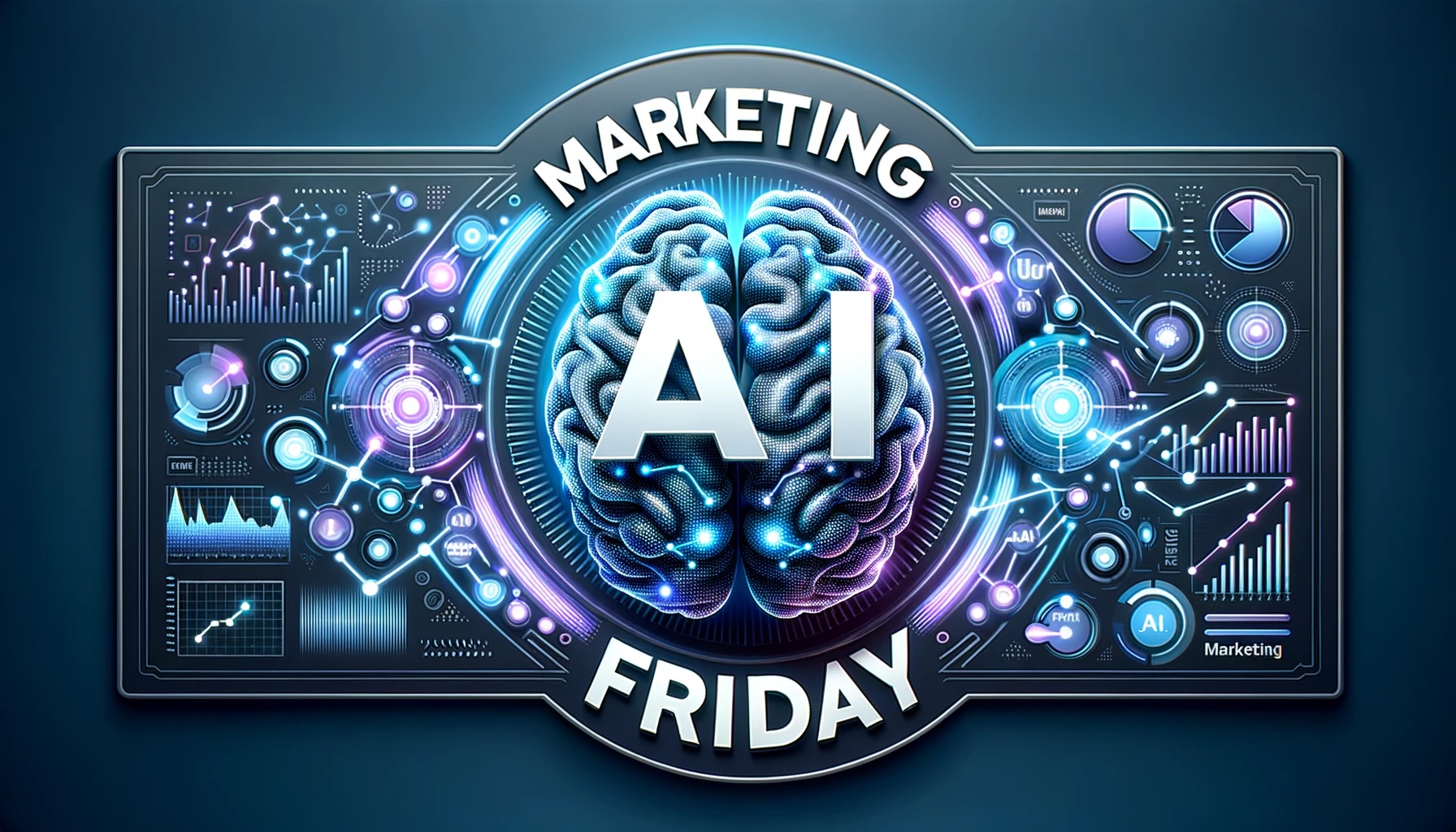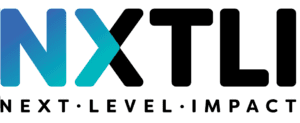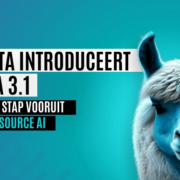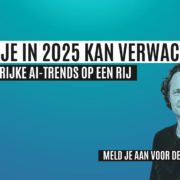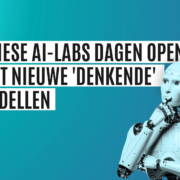AI Developments 2024-2030: Multimodal, AI Agents and Robotics
Recently, remarkable statements by Sam Altman, the top executive of OpenAI, came out that highlight major implications for the marketing world.
During an interview with Adam Brotman and Andy Sack for Our AI Journey, Sam Altman clarifies exactly what he means by AGI (Artificial General Intelligence), which he often talks about. According to him, this is "when AI will be able to independently achieve new scientific breakthroughs." He expects this to be a reality within "5 years, more or less, maybe a little longer - but no one knows exactly when or what it will mean for society."
The impact of AGI on marketing was also discussed. Altman believes AI is in the future:
"95% of the current work of marketers, strategists and creative professionals will be handled easily, almost instantly, and at almost no cost by the AI - and the AI will likely be able to test the creative work against real or fictional customer focus groups for predicting results and optimization. All free, instant, and nearly perfect. Images, videos, campaign ideas? No problem."
This again makes it clear that we are only in the early stages of the AI era, with many changes ahead.
These statements got us thinking about the current state of AI and the direction we are headed. Although Altman mentioned marketing as an example, it actually relates to all forms of knowledge work, such as sales, service, HR, accounting, engineering, legal, etc.
To get a good understanding of how the near future will change and what steps we can expect, I have compiled an overview of the AI developments that experts foresee in the coming years.
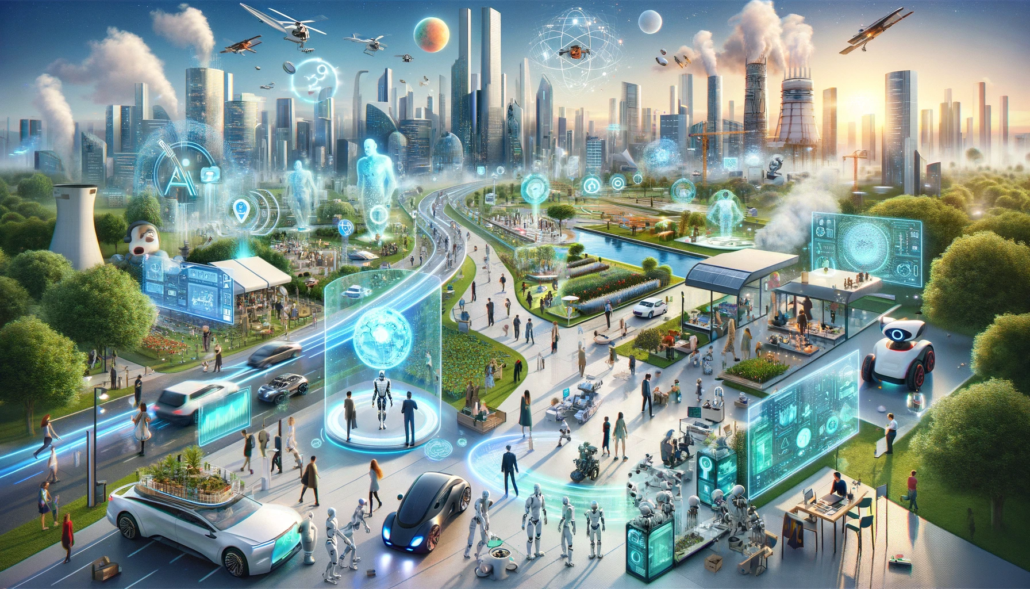
2024 - Introduction of multimodal language models.
- Integrating AI into existing devices and applications: AI applications are increasingly becoming part of the pparates and software packages we use every day. Think laptops, cell phones, e-mail (Outlook, Gmail, Apple Mail), word processing (Word, Docs), spreadsheets (Excel, Sheets), presentation software (PowerPoint, Google Presentations) and meeting tools (Zoom, Teams, Meet).
- Advanced larger language models (LLMs): Introducing multimodal models that can understand language, images, video and audio, such as Google's Gemini.
- Improvement in memorization and reasoning: Great progress in the ability of language models to remember information(ChatGPT test already with a 'memory' function), solve problems, plan and make decisions.
- Expanded context windows: Language models with a much larger context window, with improvement in memory and AI personalization. Google's Gemini, for example, now has an impressively large context window of 1 million tokens. Moreover, Google reports that in their research they have already reached a context window of 10 million tokens. This refers to the amount of information the model can use to generate its output. In general, the higher the number of tokens, the better the language model performs.
- Personalized interaction: The ability for AI tools to personalize interactions based on individual user interactions.
- Reliability and accuracy: AI models are becoming more reliable and accurate. You can really start to trust them.
- Introduction of GPT-5: The introduction of more powerful language models with many more features, such as GPT-5 (the successor to GPT-4), Gemini 2 and Llama 3 and other similar models. These next versions will enable multimodal reasoning, planning, decision making, extended context window, memory, personalization and better reliability.
2025 - 2026: Disruption of knowledge work becomes more tangible
As a result of more powerful language models being introduced in 2024, the disruption of knowledge work will begin to become more tangible in 2025 or 2026.
- Multimodal becomes common: It will take some time for multimodal language models to learn how to use all kinds of media, but these models are expected to start working really well from 2025 when you talk to them and interact with them through videos, images, audio and text.
- Increase in synthetic data: The increasing use of AI-generated images (such as photos' and videos), which were not captured by cameras in the real world, but were generated by computer software.
- An explosion of AI agents: AI agents are AI systems that can take actions for you. We will probably have the ability to fine-tune and train these AI agents to do just about all the knowledge work that we do now. And we'll probably also have AI agents that won't need to be trained at all. They will just watch what you do, learn it, and then start doing it.
To give you an idea of how an AI agent works, meet
Devin. This autonomous agent from the company Cognition, has been called the "first AI software engineer," scoring 13.86% on the SWE-Bench programming test (a benchmark for evaluating large language models based on real software problems). This far exceeds previous records of 4.80% (Claude 2) and 1.74% (GPT-4).
Devin has even passed practical engineering interviews at leading AI companies and independently completed real assignments through Upwork (an online platform that connects freelancers and clients).
2026 - 2030: The Robotics Explosion
With the speed at which AI is developing, it is difficult to look years ahead. But after AI agents, we can probably expect the robotics explosion.
- Robotics explosion: A significant advance in robotics made possible by the integration of advanced AI models.
- Impact on labor: We are first going to see a lot of impact of AI on knowledge work in the coming years. But once robots have their "ChatGPT moment," AI will begin to impact all other forms of labor as well.
We are already seeing major advances in robotics. One example is the collaboration between OpenAI and Figure, a leading robotics startup. They are working to put multimodal language models into real robots. See an example below.
Throughout this timeline, we are moving toward a new reality that people like Altman believe is headed toward: AGI ((Artificial General Intelligence), or artificial general intelligence. This is AI capable of performing any intellectual task a human can, with understanding and reasoning ability. And will also be able to independently achieve new scientific breakthroughs.
Top experts disagree about when AGI is coming - or even whether it is possible at all. It may happen slowly in stages, rather than all at once, but when it does, it will have profound consequences.
Even if AGI does not become possible, it is important to pay attention to where this is all going. Even without AGI, we are going to have access to multimodal models and AI agents that are many times more capable than the AI capabilities we have today. That alone is going to change everything.
Legislation will also play a defining role in the development of AI, such as the European AI Act that was finally passed last week. This law regulates what is prohibited and what applications of artificial intelligence are allowed, albeit under strict conditions.
Either way, it's time to start preparing for big changes.
Preparing for AI developments
What actions can you take to prepare:
- Establish an AI steering committee: Create a multidisciplinary team to lead the development and implementation of AI strategies in your organization. This group will act as "discoverers" of new AI capabilities.
- Create an internal and external AI policy for your organization. This ensures that you are using AI in a way that is consistent with clear agreements and expectations. It also prevents AI from being used in an irresponsible or undesirable way without internal knowledge. You can use this template AI policy as a foundation.
- Map the impact of AI on your organization and create an AI implementation roadmap. You can use this template AI Marketing Scan as an example and starting point for your own scan.
Want to exchange thoughts on how to implement AI within your marketing team? Let me know, we'd love to help.
Take a leap forward in your marketing AI transformation every week
Every Friday, we bring you the latest insights, news and real-world examples on the impact of AI in the marketing world. Whether you want to improve your marketing efficiency, increase customer engagement, sharpen your marketing strategy or digitally transform your business, "Marketing AI Friday" is your weekly guide.
Sign up for Marketing AI Friday for free.
